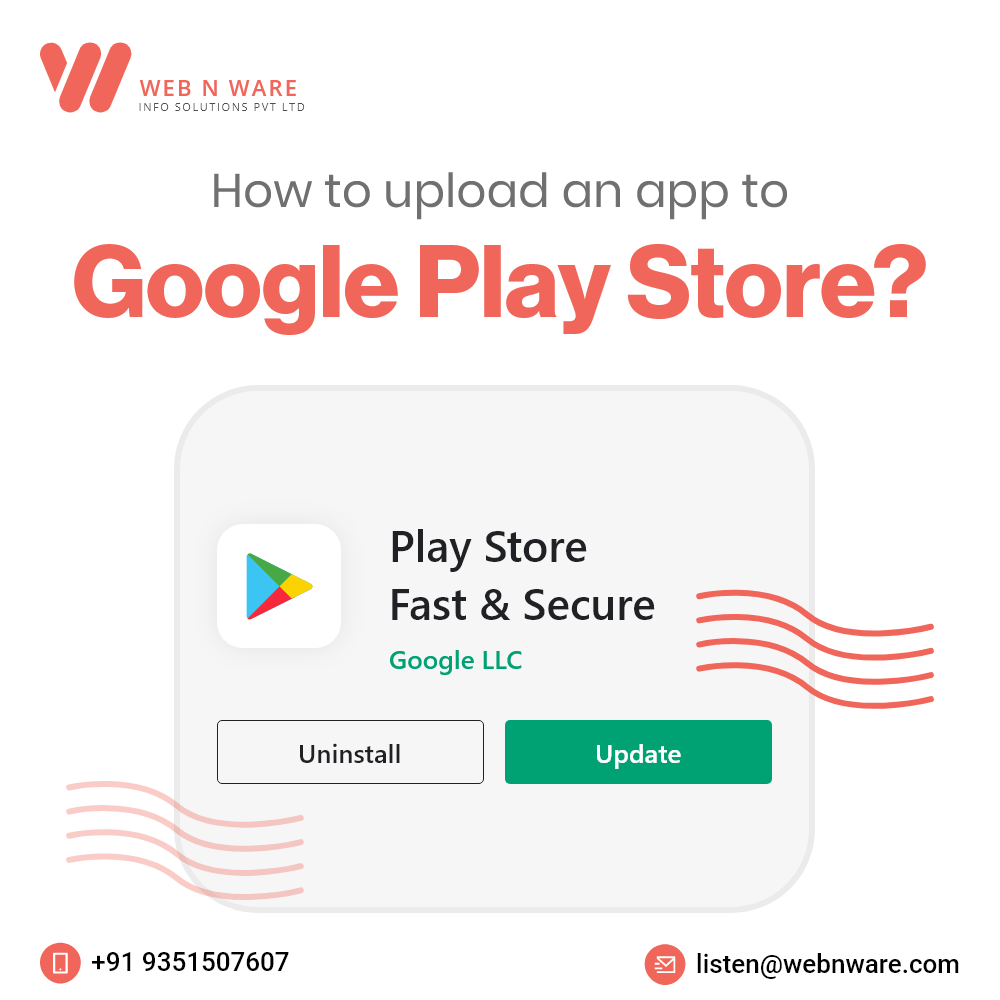
December
27 2021
Build Your eLearning Websites like W3 Schools or Coursera
By WNW SEO | 0 CommentsWhen all educational institutions went online, all students in the world got an experience of eLearning. This has undoubtedly given rise to platforms like W3 Schools and Coursera. One of the main reasons why they work is because they have built their website very strategically. You need the best web development company to build a platform that has so many features.
7 Easy Ways to Build Your eLearning Websites like W3 Schools or Coursera
So, how would you like to build your website? Let’s see what all you need to create an eLearning website:1. A Well-Defined Model and Structure
Usually, a website will contain either of the above 3 models. If you want to provide your own self-learning courses and certificates, then you need to brand yourself accordingly. And if you want to tie-up with other professionals – be it individuals or educational organizations, then you need to target two markets – the tutors through which your website will run and the students who will bring in the revenue.2. Learning Management System
Online course material usually comprises of e-books, videos, quizzes and other interactive learning content, all of which should be available only to paid subscribers. At the same time, the certificate can only be made available once the user has completed the course. To ensure the smooth and foolproof operations, you need a learning management system – a software application used to automate the entire process.3. Video Hosting Platform
An eLearning website consists of paid courses only. Whether you are providing your own tutorials or providing it through tutors, you need to ensure that only students who have paid for the course are allowed access to the videos. Hence, you need a plugin or a self-coded video hosting platform that is secure, light and functions properly.4. Ecommerce Integration
In the end, people are buying a course here – which is entirely a virtual product in itself. So, you need to integrate payment gateways and add other shopping features that can facilitate online purchases for users. If you’re creating a WordPress website, you can use WooCommerce. Other popular platforms include Edwiser Bridge Bundle, LMScheckout, Course Merchant, Arlo and Enrolmart.5. Using a Course Builder
This is a software that enables you to create an interactive online course. You can provide with the course title, description, featured image, pdf files, video files, quizzes, assignments and certificate of completion. With advanced features, you can ensure that all the files can be accessed in a certain order only. Additional details that you can provide include difficulty level, number of students enrolled, and tutor details.6. Focus on UI/UX is Very Important
If you see the UI/UX of Coursera or W3 Schools, you’ll see how simple it is for anyone to understand the course they can take up. Providing advanced features such as filters, easy sign-up, admin panel and multiple payment options is helpful. You need the best web development company to help you here.7. Providing 24x7 Online Support
If you have a business model similar to Udemy or Coursera, you’ll need two support teams – one for tutors and the other for students. While the option of live chat can always be there for all, you additionally can keep a contact form for a longer query. Creating an eLearning platform requires additional features that a regular website doesn’t have. Thus, you need the best web development company to do the job for you. MORE
December
21 2021
How To Upload An App To Google Play Store?
By WNW SEO | 0 CommentsIf you wish to start your own app development company or provide app solutions of your own, you need to create an account on Google Play Store to upload an app. If you develop apps, then this process is way simpler than the programming you do to create your solutions.


